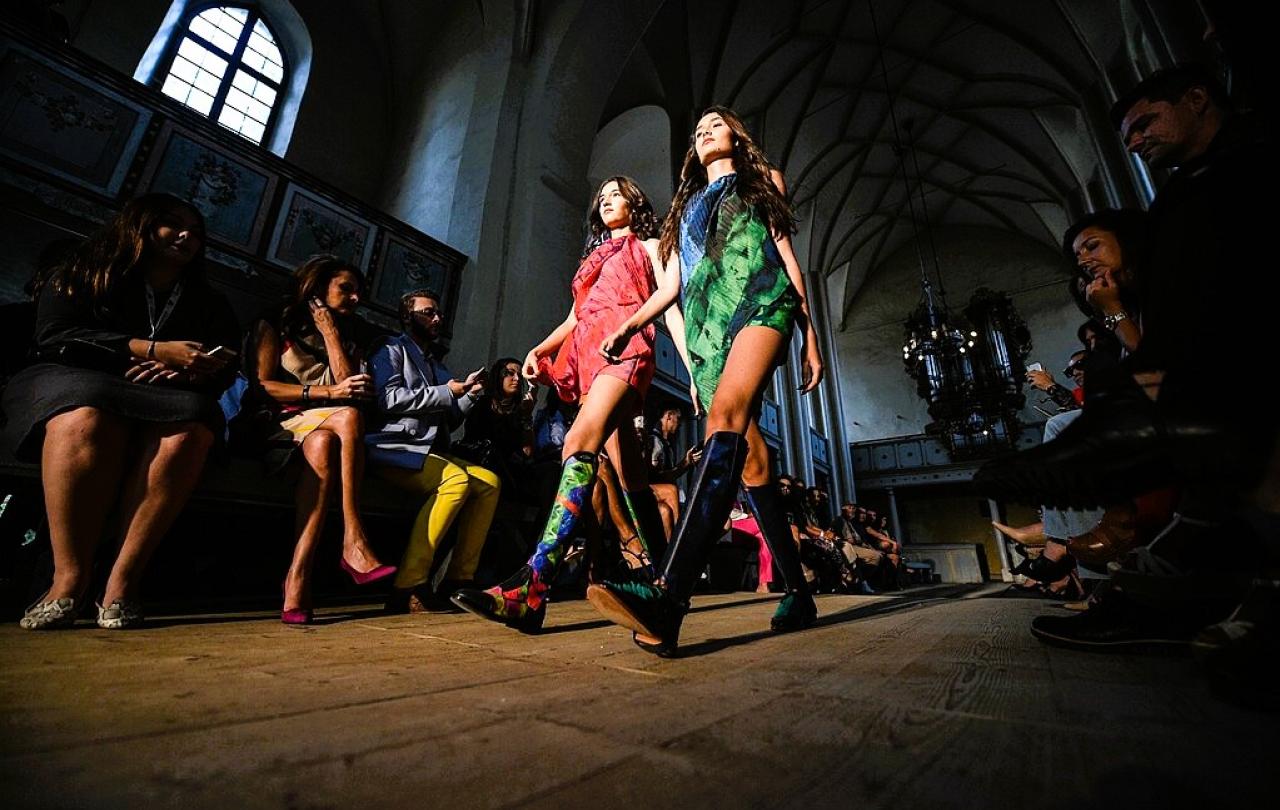The Serpent & The Seed is a game with a difference: an imaginative retelling of the world's greatest story. In a world overtaken by an evil serpent, you play the character of Mungo, a young robin encouraged by his owl friend to read an old, mostly forgotten book that holds the promise for salvation.
Released last Easter by Discipleship Tech (the creators of the Prayer Mate app) The Serpent & The Seed aims to tells the story of the Bible as a mobile adventure game. Turning the Bible story into an app feel like quite a novel idea. A cursory search shows that there’s no shortage of Bible based games to play on your phone, but most of them appear to be quiz or trivia based. Seeing this grand narrative, from creation to crucifixion, in game form feels both novel and inevitable, how you might imagine seeing the gospel story be put on film for the first time. “Throughout history, Christians have created, shaped and used technology for God’s glory” the Discipleship Tech website tells us; seen in that light, using a mobile game to deliver the gospel is simply the next step in a line of technological use that stretches back to the invention of the codex.
Although the game has only been in development for just over four years, it’s had a much longer gestation period than that. “It's an idea I've had for about 20 years now,” says project leader, Andy Geers, “I grew up playing lots of computer games and knowing Jesus and getting to know the Bible better… So I kind of thought: wouldn't it be great if we could combine those two things?” Geers says that the catalyst for this game was a research project. According to the Bible Society’s Lumino research project, a quarter of the UK population are "open to the Bible and finding out more". The Serpent & The Seed is Geers’ way of meeting that need.
This is clearly a labour of love for all involved and it shows. The dialogue sparkles with cheeky irreverence at times thanks to scriptwriting from Amy Green (BAFTA-winning writer/developer of That Dragon Cancer, the video game centring on the loss of her infant son, Joel). Ostensibly aimed for players ‘9+’, the narrative has to dance around some of the more unpleasant parts of the Old Testament, which it does so lightly and humorously. At one point in the Garden of Eden level, Adam tells our robin character Mungo, that naming things is hard work, and he needs a rest. Mungo then ponders whether Adam has any idea what hard work is! The framing narrative of talking animals in a world full of thistles and thorns ruled by an evil tyrant has shades of Narnia, which may have been an unconscious influence and is very much appreciated.
One particular highlight is the musical interludes. The developers aimed for the music to be a leading character in this mobile game, and the score was composed by song-writing duo Poor Bishop Hooper. When you unlock another chapter in the game, the almost transcendent songs kick in, combined with the logo appearing in its beautiful lettering, creating an enjoyable experience. It also features music from Canadian artist Jim Guthrie, whose Superbrothers: Sword & Sworcery EP was something of an inspiration for the atmosphere of the whole game.
The game appears to be connecting with the public, many of whom are praising its art design. Greg Clifton’s illustrations are soothing and light-hearted (I’m pretty sure Moses is rocking an awesome quiff). “It seems to be pitched as a chilled, interactive story with some minor puzzle solving, a subgenre that is increasingly popular these days,” writes gamer and RS teacher Natalie Minaker. “I imagine that this game can provide a few hours of mental respite to any stressed-out Christians!”
Unfortunately, the lack of challenge is hard to avoid mentioning. As this game is telling a very well-established story, there’s very little jeopardy and as a result, the pace lags a little in parts. “The gameplay is gentle and seems to promote a sense of mindfulness rather than any real sense of peril or challenge,” continues Minaker. In certain levels there are Christian themed takes on popular mobile games - Angry Birds, Flappy Bird, and even Snake (which will be a pang of nostalgia for those of us who had a Nokia in the 90s). What is clear is that playability takes a back seat to story here, and when that story is the Bible, that’s understandable. There’s also a distinctly estuary English accent to the voices shouting “hosanna” as Jesus enters Jerusalem on a donkey which might momentarily take you out of the story, but this is merely nitpicking.
Whether it will effectively compete for pre-teens’ attention in a saturated market remains to be seen, but this is another useful tool to have in a kids or youth leader’s toolkit. It might also serve as the kind of homework an RE teacher could set that the students might enjoy completing! Older gamers or committed Christians might not find much of the content particularly revelatory, but they may find its gentle pace and soothing aesthetics a welcome addition to the emerging ‘cosy games’ genre.
Celebrate our 2nd birthday!
Since Spring 2023, our readers have enjoyed over 1,000 articles. All for free.
This is made possible through the generosity of our amazing community of supporters.
If you enjoy Seen & Unseen, would you consider making a gift towards our work?
Do so by joining Behind The Seen. Alongside other benefits, you’ll receive an extra fortnightly email from me sharing my reading and reflections on the ideas that are shaping our times.
Graham Tomlin
Editor-in-Chief





